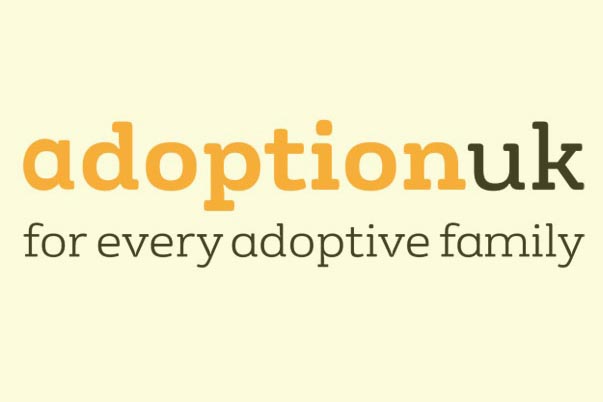Adoption UK (AUK’s) chief executive describes rising figures for children in care figures as “biggest scandal of our times”.
 AUK is deeply concerned that the numbers of children in care continues to grow, following the publication of the government’s latest statistics.
AUK is deeply concerned that the numbers of children in care continues to grow, following the publication of the government’s latest statistics.
The number of children in care after being removed from their parents because they were at risk of abuse or neglect rose again this year, amid concerns over the impact of austerity cuts and poverty on vulnerable families.
The latest official figures reveal there were 75,420 looked-after children in England at the end of March, up 4% on the previous year. The number has increased steadily every year since 2008, when the total was about 60,000. They also reveal that abuse or neglect was the primary need for 63% of the children coming into care during the year.

Dr Sue Armstrong Brown, chief executive of Adoption UK, said: “The care population is rising, in part because vulnerable parents are not being adequately supported. The outrage is that today, unlike in previous generations, we’re well aware of the consequences of early childhood trauma on the life chances of the children, and the impact on those who care for them. We know we should be doing more to address their needs but this is still not happening.
“The lack of understanding and support available to some of the most vulnerable children in our society is the biggest scandal of our times.”
The Department for Education figures also show that adoption numbers fell 13% year on year to 3,820, well down from the 2015 peak of 5,360. This is in line with a fall in the number of looked after children with a placement order seen over recent years, which has almost halved from 9,590 in 2014 to 5,360 in 2018.
Special Guardianship Orders also declined in 2018 to 3,430, from 3,690 the previous year.
Dr Armstrong Brown continued: “Adoption, when it’s the most appropriate option for a child in care, can offer the best chance to permanently break a cycle of neglect and abuse and give a child a second chance at fulfilling their potential with the support of a loving family. But this isn’t about how many children leave care through adoption or special guardianship orders. The bigger picture that these figures paint is one of more families under pressure, more children in care, and deeply concerning outcomes for these children, regardless of their care plan.
“This comes on the heels of report-after-report on the damage that the deep cuts to children’s services are causing. A growing care population also eats into council’s limited budgets, with little left over to provide the help and support these children and their families desperately need to recover from early childhood trauma. We know this is a factor in the reducing numbers of adopters coming forward, with the tragic consequence that there has been a 6% increase in the number of children (2,760) with an adoption plan who had not found their forever home at 31 March 2018 , and others face placement breakdowns or years of struggle in their new homes.
“We simply must decide, as a society, to do a better job of supporting vulnerable families.”
Adoption UK believes the falls in adoption are linked to both the impact of the September 2013 Re B-S judgement – which indicated that local authorities need to show the courts that all alternatives to adoption were considered before seeking an adoption order – and to cuts to children’s services which is directly impacting upon the number of prospective adopters coming forward.
The Re B and Re B-S rulings introduced the concept that adoption orders should only be made when – in the words of one of the judges in the Re B case – “nothing else will do”.
In the year following, adoption decisions dropped 40% and placement orders fell 45%.
Adoption UK is also concerned about the adopter shortfall after it was revealed last month that there are more than twice as many children waiting for families than there are prospective adopters.
Dr Armstrong Brown continued: “Clearly we need to do more to recruit potential adopters, whilst retaining the rigorous assessment that’s part of that process.
“More still needs to be done to recruit adoptive parents who are willing and able to provide a forever home for children with complex health needs or disabilities, as well as those from BME backgrounds and sibling groups – who are deemed harder to place. We must also ensure that lifelong support is made available for families willing to welcome a child with additional needs to ensure a successful adoption.”

















You must be logged in to post a comment.